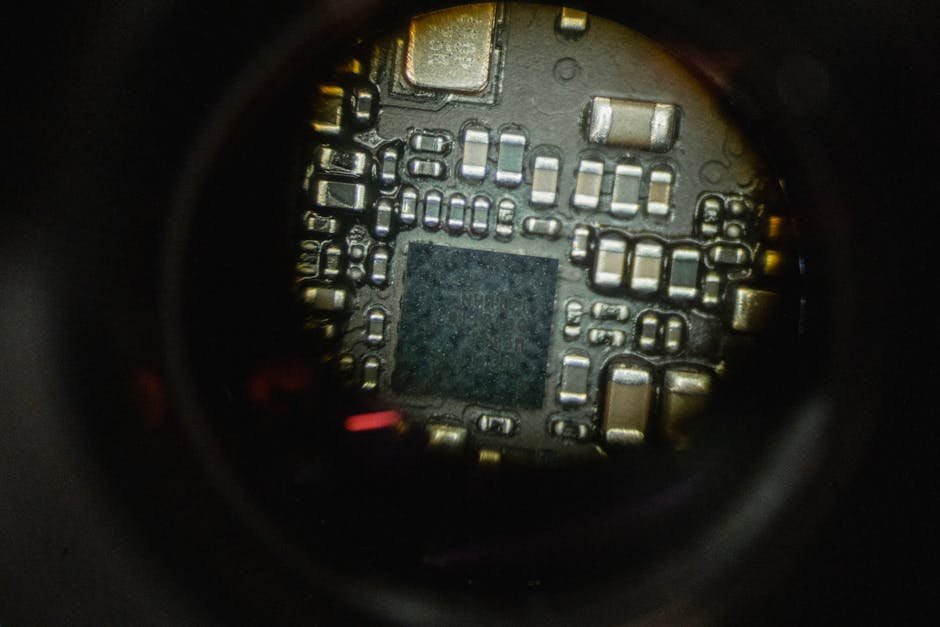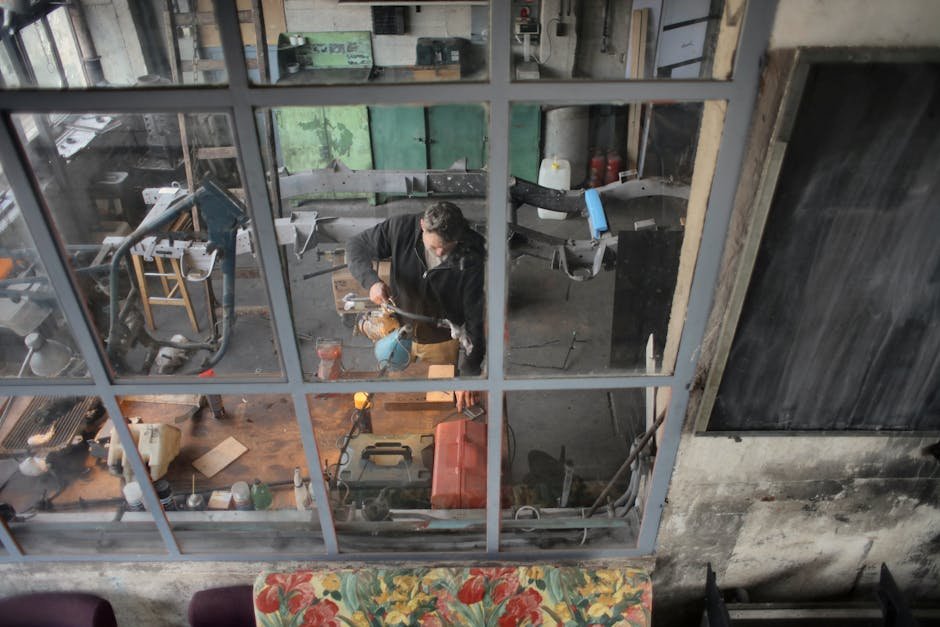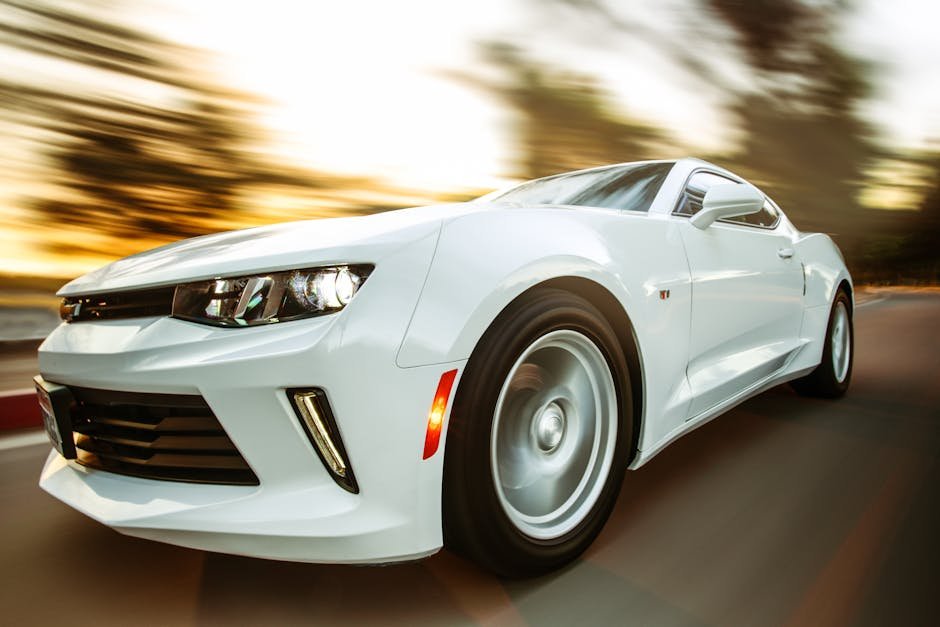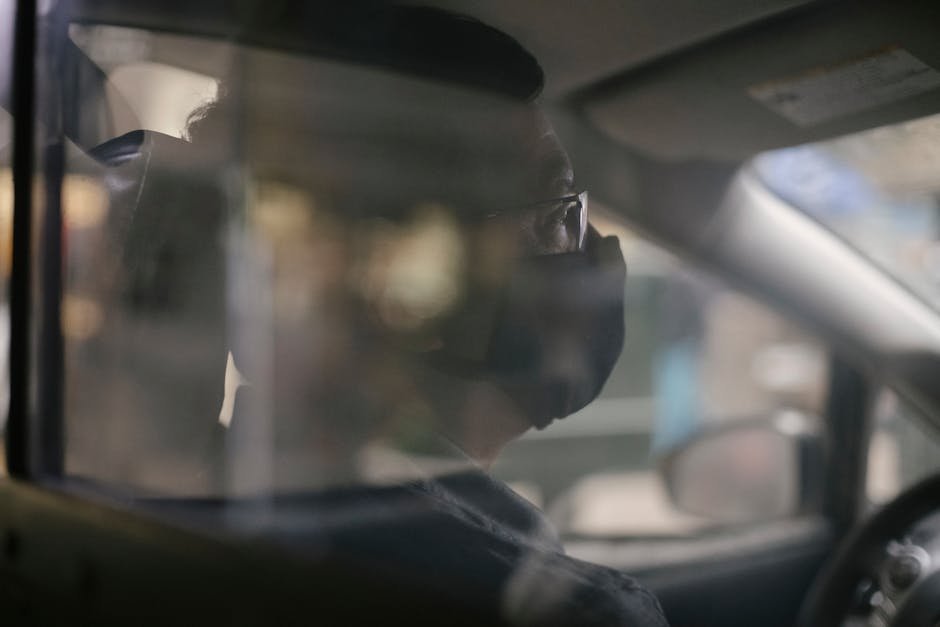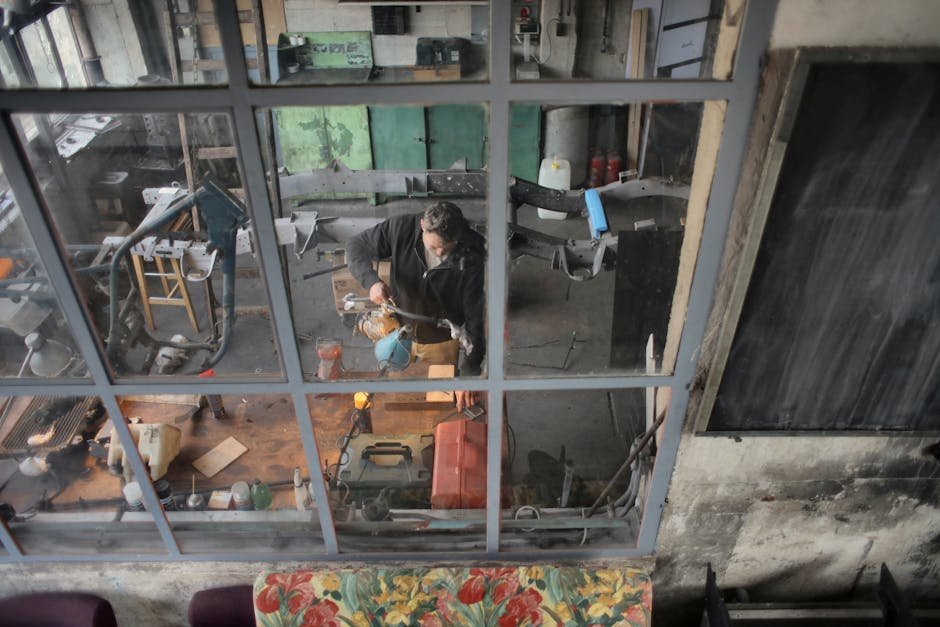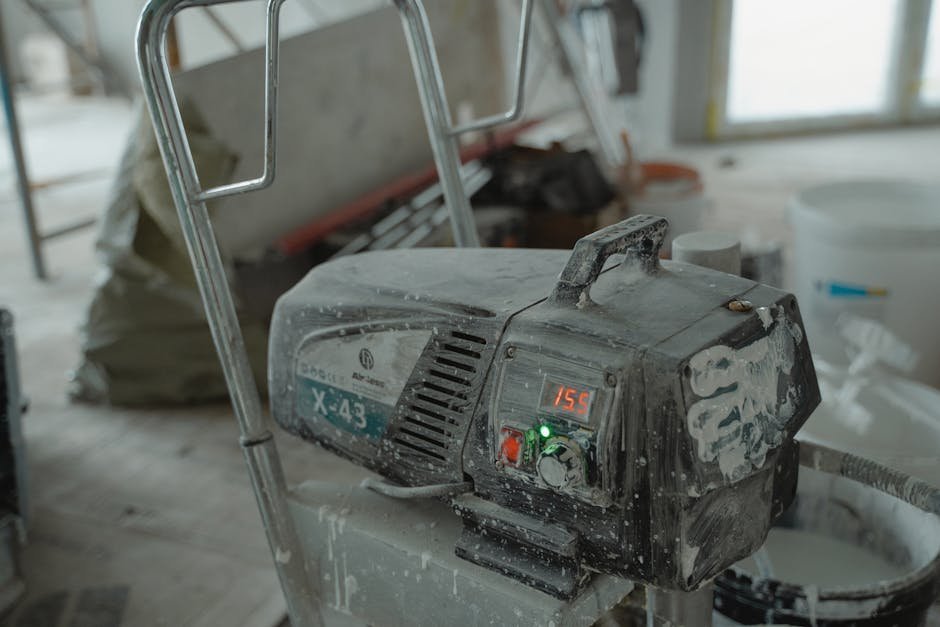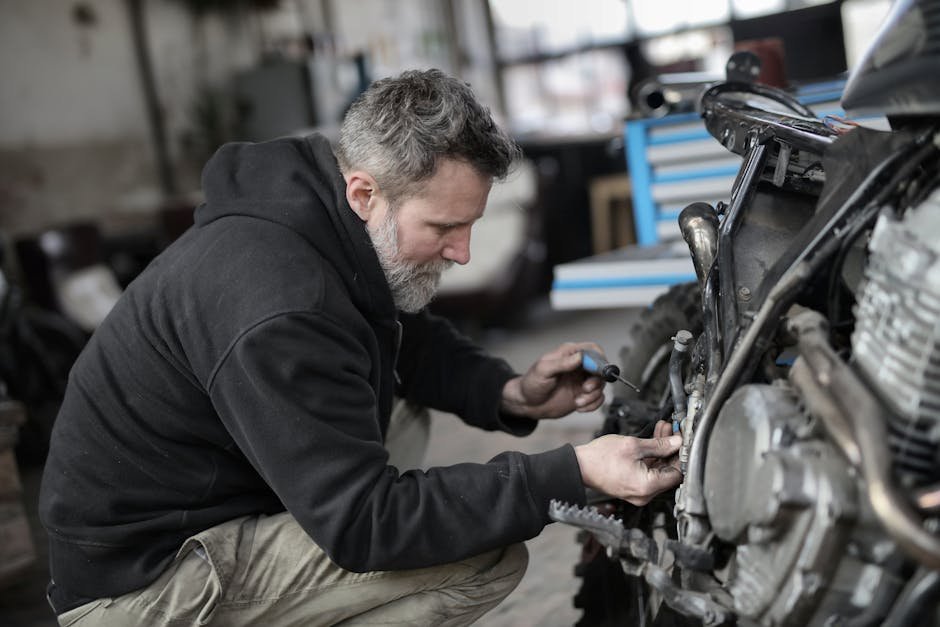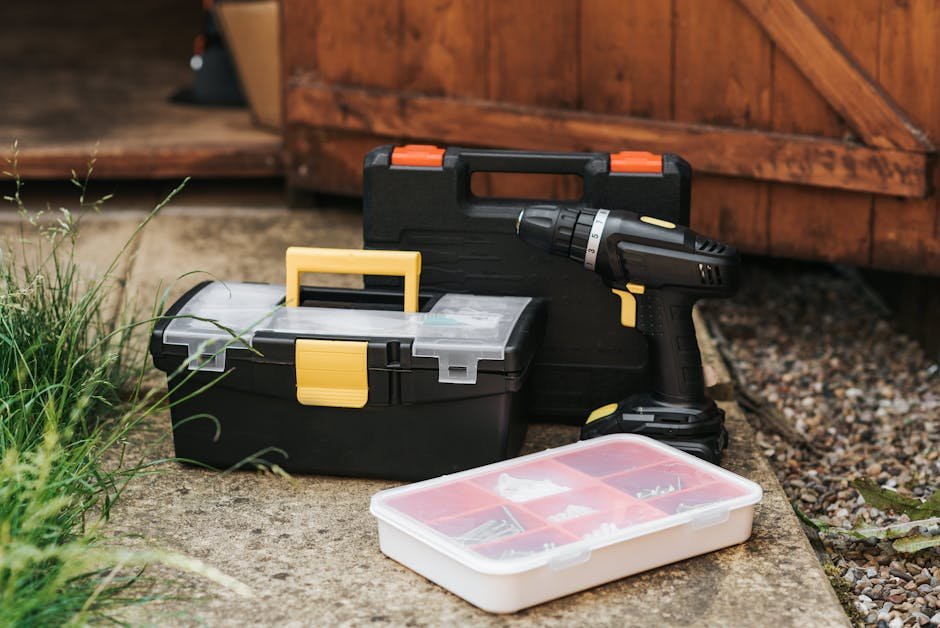Cost Comparison: Glass Crack Repair vs. Windshield Replacement
/Introduction to Glass Crack Repair and Windshield Replacement
When you notice a crack in your windshield, you're faced with two choices: repair the crack or replace the whole windshield. It's a decision that might seem simple but requires some thought. Glass crack repair is often seen as the quicker, cheaper fix. It's a process where technicians use a special resin to fill in cracks, stopping them from spreading. This method works best for smaller cracks and chips and can often be done in under an hour. On the other hand, windshield replacement involves removing the entire damaged windshield and replacing it with a new one. This is usually recommended when you have larger cracks that impair your vision or smaller ones that are directly in your line of sight. Both options have their pros and cons, and the best choice depends on the severity of the damage, your car's requirements, and your budget.
Types of Glass Damage: When to Repair vs. Replace
When looking at your car's windshield, knowing when to repair or replace is crucial. There are mainly two types of glass damage: chips and cracks. Chips are small points of damage where a piece of glass is missing, often caused by rocks hitting the windshield. These can usually be repaired if they are not directly in the driver's line of vision and smaller than a quarter. Cracks, on the other hand, are lines of damage that spread from a point. A crack can sometimes be repaired if it’s less than three inches long and not at the edge of the windshield. However, if the crack is longer, in driver’s view, or the windshield has multiple areas of damage, replacement is often the smarter choice. Repairing a crack or chip early can save money and prevent the damage from spreading. Ignoring it, though, might lead to a full windshield replacement down the line. Always consult a professional to assess the damage accurately and make the right decision between repairing or replacing.
Understanding the Glass Crack Repair Process
To fix a crack in your windshield, the process is simpler than you might think. First off, a technician cleans the area around the crack. They make sure no dirt or debris gets in the way. Then, they inject a special resin into the crack. This resin is like a super glue for glass; it's clear and strong. They use a UV light to make this resin harden quickly, sealing the crack. After the resin hardens, they polish the repaired spot to make it blend in with the rest of the windshield. The whole thing can take less than an hour. It's not only about making your car look good again. This repair strengthens the windshield and prevents the crack from spreading. So, tackling it quickly can save you money in the long run, as avoiding it might lead to a full windshield replacement.
The Procedure of Windshield Replacement Explained
When your windshield gets a crack, sometimes the only fix is to replace it. Let's walk through what happens when you go for a windshield replacement. First, the technician will inspect the damage to see if replacement is the best option. Once confirmed, they will remove the wipers and any trim around the windshield. Next, they use special tools to cut out the old windshield carefully. It's a precise job to avoid damaging the car's frame. After the old glass is out, they clean the frame, getting rid of any old adhesive and debris. This step is crucial for the new windshield to fit snugly and avoid leaks. Then, they apply a new adhesive to the frame, which acts as a glue for the windshield. The new windshield is then carefully placed and adjusted to fit perfectly. Lastly, they reinstall the trim and wipers and wait for the adhesive to dry, which might take a few hours. The process might sound simple, but it requires skill and precision to ensure your car is safe to drive again.
Cost Breakdown: Glass Crack Repair
When you notice a crack in your windshield, the first thing that comes to your mind is, "How much is this going to cost me?" Let's break it down. Generally, repairing a glass crack is significantly cheaper than replacing the whole windshield. If you're looking at a small crack or chip, you're probably going to spend between $60 and $100. These repairs are straightforward and don't take much time. The price can vary based on the depth and size of the crack, but for most standard cars, that's the range you're looking at.
Insurance might play a crucial role here. If you have comprehensive coverage, your insurance may cover the repair cost entirely, meaning you pay nothing out of pocket. However, if you're paying yourself, it's worth noting that fixing a crack early on can save you money in the long run. Ignoring it can lead to bigger problems, requiring a full windshield replacement which is considerably more expensive.
So, in simple terms, if you've got a crack, getting it fixed sooner rather than later is the smarter and more cost-effective choice. This route not only preserves the structural integrity of your windshield but also keeps your wallet from taking a bigger hit down the road.
Cost Breakdown: Windshield Replacement
Windshield replacement costs more than repairing a crack, but sometimes it's unavoidable. If the damage is big, right in your line of sight, or the windshield is weakened, replacement is the best choice. On average, the price can range from $100 to $400, but luxury cars may see prices over $1,500. This cost varies based on the make and model of your car, the type of glass needed, and where you get the service done. Local auto glass shops usually offer better deals than dealerships. Also, choosing aftermarket glass over OEM (Original Equipment Manufacturer) can save you money, but make sure it meets safety standards. Remember, a good windshield is key to road safety, so never compromise on quality to save a few bucks.
Factors Influencing the Cost of Repair and Replacement
Several factors can influence whether you'll be paying more for a repair or for a full windshield replacement. Let's look at some key points. First, the size of the crack or chip on your windshield plays a big role. Small cracks can often be repaired at a lower cost than larger ones, which might need a whole windshield replacement. Next, the location of the damage matters too. Damage in the driver’s line of sight often requires replacement for safety reasons, pushing costs up. The type of your vehicle also affects the price. High-end cars with special windshields can make both repairs and replacements more expensive. Lastly, your choice between OEM (Original Equipment Manufacturer) glass or aftermarket parts for replacements can impact the price. OEM parts are usually more expensive but match exactly what was originally in your car. So, when deciding between repair and replacement, consider these factors as they directly affect your wallet.
Time Considerations: Repair vs. Replacement
When looking at time, repairing a cracked glass on your car is faster than replacing the entire windshield. A repair can typically be done in about 30 minutes to an hour. This means you can be back on the road in no time. On the other hand, windshield replacement is a longer process. It can take a few hours to a full day, depending on the car model and the availability of the windshield. Remember, after replacement, there's also a waiting period before you can drive the car. This is to allow the adhesive used to set properly. If you're short on time, repair might be your best bet. However, not all cracks can be repaired. Small chips and cracks often qualify, but larger damage usually means you'll need a replacement. Keep this in mind when making your decision.
Impact on Vehicle Safety and Resale Value
When looking at the impact on vehicle safety and resale value, repairing a cracked glass or replacing the windshield are critical decisions. A crack in your windshield can compromise the integrity of the vehicle's safety features. The windshield plays a vital role in supporting the car's roof and ensures proper deployment of airbags. If the crack is minor and repaired quickly, the impact on safety can be minimal. However, a compromised windshield during a crash can lead to severe consequences.
Regarding resale value, a car with a repaired windshield, if done professionally, might not suffer much. Yet, potential buyers often view any past repair as a negative, even if it's minor. This perception can impact the sale price of your vehicle. A replacement with a brand-new windshield, on the other hand, might be seen as a positive by buyers, as it restores the car to a condition closer to its original state, potentially maintaining or even increasing its resale value.
In simple terms, for safety and maintaining your car's value, replacing a severely damaged windshield might be the way to go. If the damage is minor and can be professionally repaired, this can also be a cost-effective option with minimal impact on safety and resale value. Always consider the extent of the damage and consult with a professional to decide the best course of action for your situation.
Conclusion: Making the Cost-Effective Choice
When you're faced with a cracked or chipped windshield, deciding between repair or replacement comes down to cost and longevity. Repairs are undoubtedly cheaper, typically ranging from $60 to $100 for minor chips and cracks. A full windshield replacement, on the other hand, can set you back $200 to $400 for standard vehicles, and luxury models can go well beyond $1000. But, it's not just about the dollars now. Repairs make sense for small imperfections. They're quick, budget-friendly, and can often restore the integrity of your windshield without a full overhaul. However, if the damage is severe, in the driver's line of vision, or the windshield is old, replacement becomes an investment in your safety and your vehicle’s future. In the long run, a new windshield could offer more value by providing clear, undisturbed visibility and avoiding future repair costs for recurring damage. So, weigh the immediate cost against potential future expenses and safety to make your choice. Remember, the cheapest option now might not always be the most cost-effective in the long haul.



